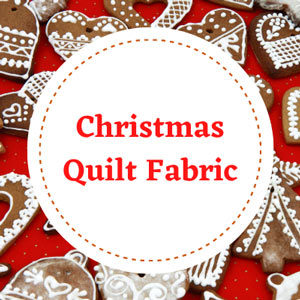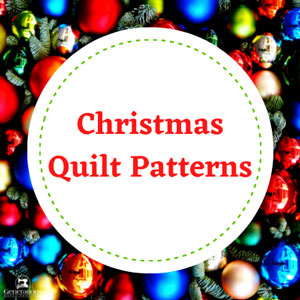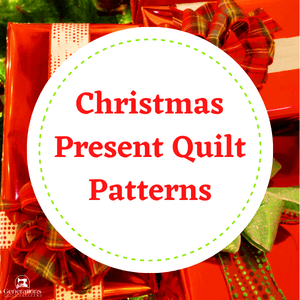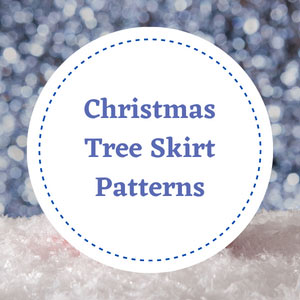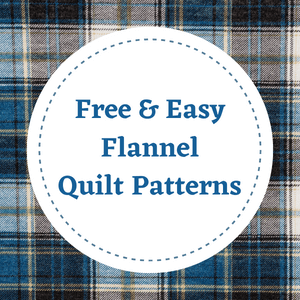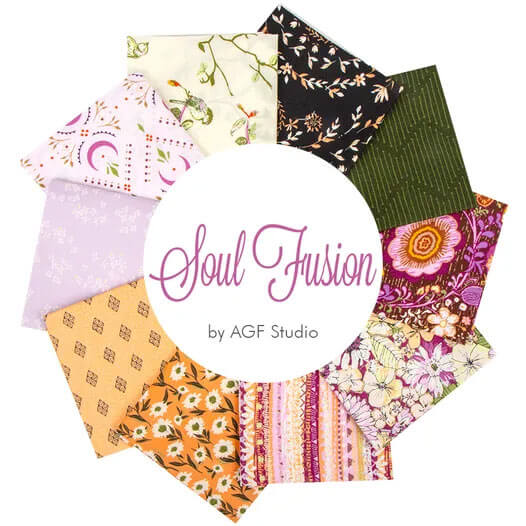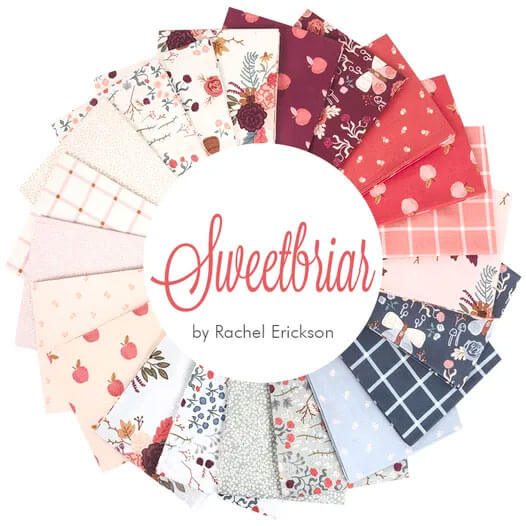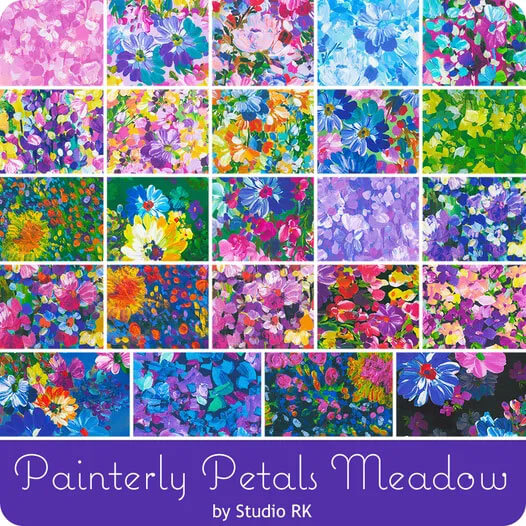- Home
- Free Quilt Block Patterns
- Wheels Quilt Block - Paper Piecing
Wheels Quilt Block Tutorial: Choose your technique—Paper Piecing or Traditional
4 or 5 sizes to choose from depending on the method you choose!
This post contains affiliate links, for which I receive compensation.
The Wheels quilt block is constructed with a simple variation on a 3-patch quarter square triangle unit. The addition of a half square triangle in one corner completely morphs the design into something new without adding any difficulty in the piecing.
I use a glue-basting technique in both techniques to help manage the longer bias edges without having to pin. Simple and effective without adding a pricey new tool.
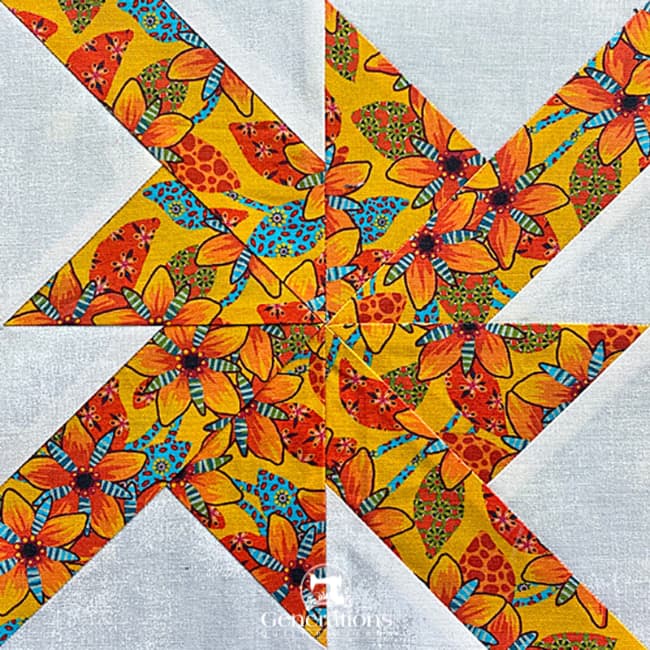 No time to sew today? Pin It for later!
No time to sew today? Pin It for later!The instructions that follow on this page use the paper piecing technique.
As always, beginner-friendly, illustrated instructions are the backbone of the tutorial. There's more free goodies available for you to download to help you. They are:
Cut. Sew. Press. This will be fun!
📋General Instructions
Several abbreviations are used on this page. They are:
- SA - seam allowance
- RST - right sides together
- HST - half square triangles
- QST - quarter square triangles
A 1/4" SA is used in this tutorial.
Highlighted in yellow, pressing instructions are easy to spot.
To press, first press the patches in the closed position as they came off your sewing machine. This sets the seam, melding the fibers of the threads into the fibers of the fabric.
Paper pieced seams are always pressed toward the last patch added.
Otherwise, press as directed.
Download and print paper piecing pattern
To download the pattern, use the most current version of Adobe.
For accurate results, on Adobe's Print Menu page, under 'Page Size and Handling' set 'Custom Scale' to 100%. Then print.
Click here to see what it looks like on the Print Menu page.
Find your finished block size from the chart below. Print the corresponding number of pages for a total of two halves for each Wheels block you want to make.
Choose your size and print the paper piecing patterns | |
|---|---|
| Finished Block Size | # of Copies to Print |
| 4" | 1 |
| 6" | 1 |
| 8" | 2 |
| 10" | 2 |
After printing, use the 1" square graphic on the printed page(s) to double check that your patterns printed at the correct size.
Then cut out the required number of patterns from your copies. A rough cut is good enough—an 1/8"-1/4"-ish away from the outside dashed square.

Not sure which paper to use?
Take a look at my review of several of the most popular brands available to us quilters on the market.
You want a super-easy paper to tear away—less stress on the stitches.
✂️Cutting patches for a paper pieced Wheels quilt block
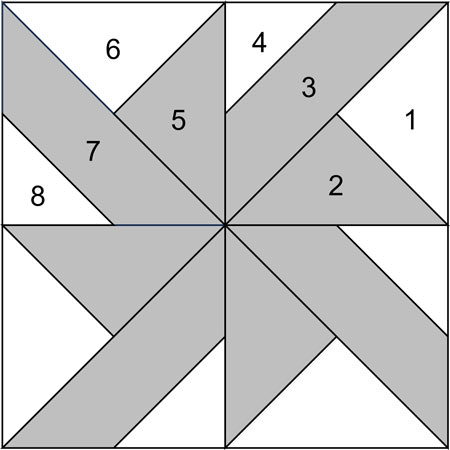 Wheels design, paper pieced
Wheels design, paper piecedSample Block Size: 8" finished /8 ½" unfinished
Grid: 4x4
Design Type: Pinwheel | Paper piecing
Please label all your patches. We use their numbers throughout this tutorial.
Download and print the paper piecing design and chart.
 | Cutting Chart for a~ Paper Piecing ~ | ||||||
|---|---|---|---|---|---|---|---|
| Patch | Fabric | Qty | Finished Block Size | Sub Cut | |||
| 4'' | 6'' | 8'' | 10'' | ||||
| 1, 6 | Bac | 1 | 3¾'' x 3¾'' | 4¾'' x 4¾'' | 5¾'' x 5¾'' | 6¾'' x 6¾'' | |
| 2, 5 | A | 1 | 3¾'' x 3¾'' | 4¾'' x 4¾'' | 5¾'' x 5¾'' | 6¾'' x 6¾'' | |
| 3, 7 | A | 2 | 3⅜'' x 3⅜'' | 4⅜'' x 4⅜'' | 5⅜'' x 5⅜'' | 6⅜'' x 6⅜'' | |
| 4, 8 | Bac | 2 | 2⅜'' x 2⅜'' | 2⅞'' x 2⅞'' | 3⅜'' x 3⅜'' | 3⅞'' x 3⅞'' | |
| Unfinished Block Size | 4½'' | 6½'' | 8½'' | 10½'' | na | ||
| Grid Size | 1'' | 1½'' | 2'' | 2½'' | na | ||
REMEMBER: Subcut the patches where indicated in the charts.
The smaller 3, 4, 7, and 8 squares are subcut once diagonally as HST while the larger 1, 2, 5, and 6 are cut twice on the diagonal as QST.
🪡Assemble the units for a Wheels Quilt Block
Make 2
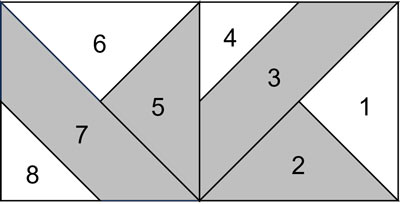
General Sewing Machine Setup for Paperpiecing
- Reduce your stitch length to 16–20 stitches per inch (1.3-1.6 mm). This perforates the paper and stabilizes the seam when you remove the pattern. [Learn more about stitch length here.]
- Reduce your machine's speed or just plain slow down. Sew only as fast as you can stay on the stitching lines.
- Install an open toe appliqué foot (sometimes called an 'embroidery' or 'satin stitch' foot) if you have one (it's easier to see where you're stitching with one installed).
- Use a larger needle (90/14) if you have problems removing the pattern.
- If your machine has a needle stop up, use it. The stitching goes faster when you don't have to lift the presser foot with every seam.
- As you stitch each seam, start and stop a generous 1/4” before and after the solid stitching lines. ALWAYS. Future lines of stitching secure the ends.
After adding each patch, press the unit as it was sewn to set the seam and then open. The SA is automatically pressed towards the last patch added.
Before adding the next patch, take a look to make sure the one you just added covers the space plus seam allowance that it is supposed to.
Steam is optional and usually curls the pattern.
If that bothers you, don't use steam. Sometimes I do. Sometimes I don't.
It truly depends on my mood.
Remember, as you follow this paper piecing tutorial, the printed and the fabric sides of this block are mirror-images of each other.
At last!
Let's sew!
Use the tiniest dot of Elmer's Washable Glue Stick® to hold #1 in position between the dashed guidelines.
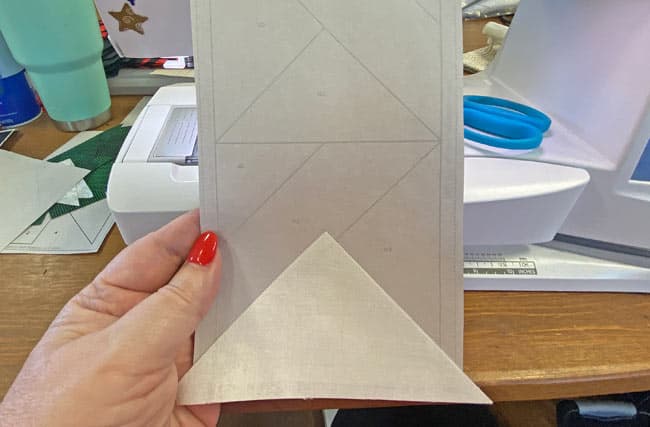
The glue doesn't have to last for very long. Just long enough to sew #2 to #1.
With RST, match the bias edges of #2 to #1.
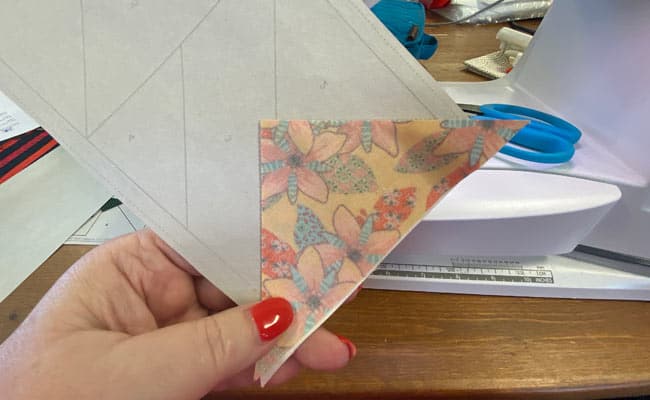
From the printed side of the pattern, stitch on the solid line between 1 and 2, starting at stopping a generous 1/4" past the line. (blue arrows) The subsequent seams secure this one, but they're got to have something to stitch over...hence stitching past the solid line,
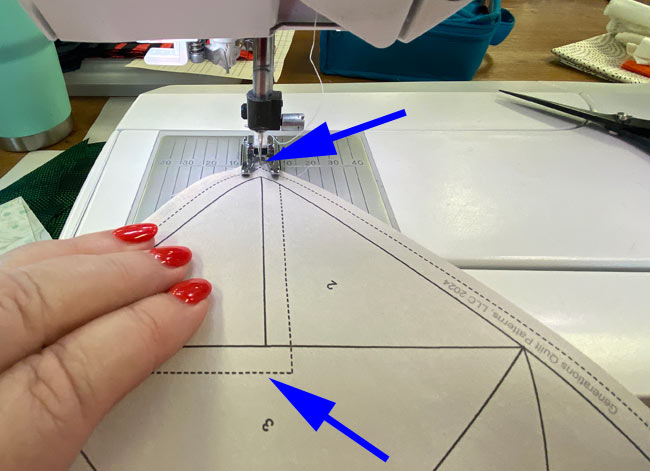
Press.
Because we used the guidelines to position #1, and aligned the bias edges of #2 to those of #1, we don't need to trim this SA.
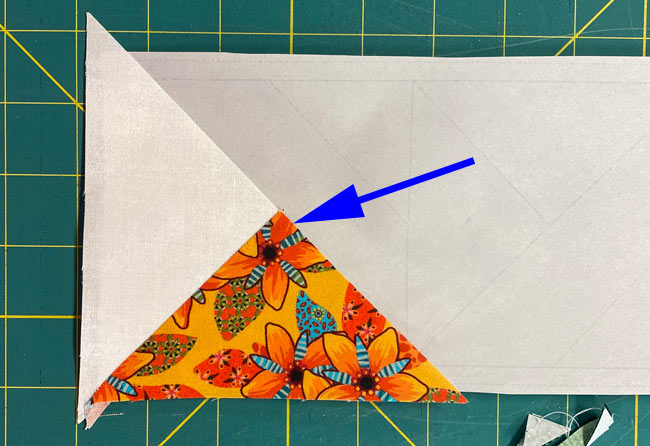
With RST, position the longest edge of #3 with #1/#2. Because this is such a long seam for this 8" sample, I used a few dots of Elmer's Washable Glue in the SA to glue baste the patch in place for stitching. Be sure to place dots of glue close to the being and end of the seam (see blue arrows) and a few along the edge.
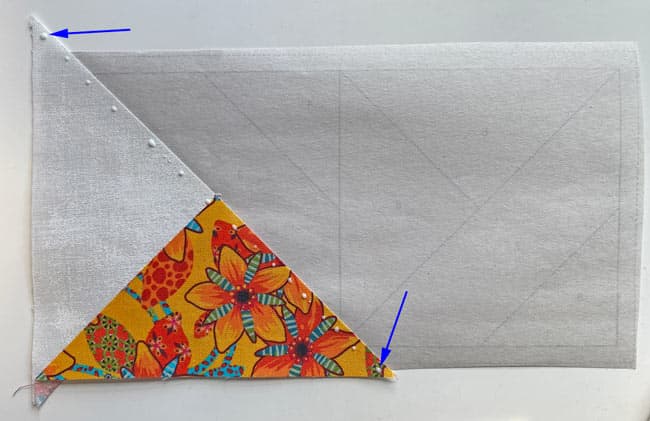
With RST, match the long edge of #3 to #1/#2. Press this edge with your iron to heat set (dry out) the glue.
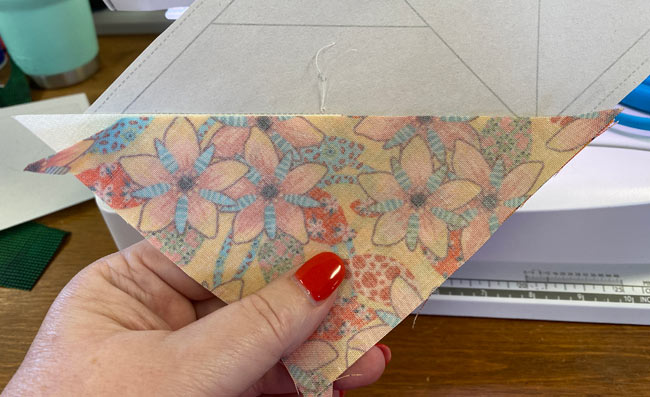 I missed the left point the first time through heat seating.
I missed the left point the first time through heat seating.Why glue baste this edge?
On the 8" sample block, this edge is getting pretty long. Much longer than I care to try to hold in place with my fingers. And I don't like to pin my paper piecing.
Glue-basting is a simple solution to this problem.
Stitch the seam starting and ending past the outside dashed edges of the unit, just like we did for the first SA.
Press.
To create the perfect placement line for #4, with the paper side up on your cutting mat, align the edge of your ruler with the line between #3 and #4 and fold on the line.
Now place the 1/4" marking (blue arrow) on the folded edge and trim away the excess.
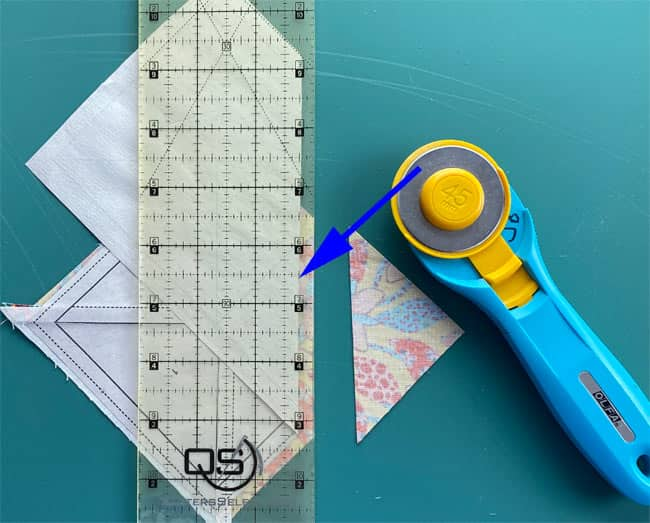
Position the long bias edge of #4 with the freshly cut one of #3. Since this triangle is a much lighter fabric, nudge its edge a few threads past the edge of the #3 to prevent the darker fabric from shadowing through the top of your block.
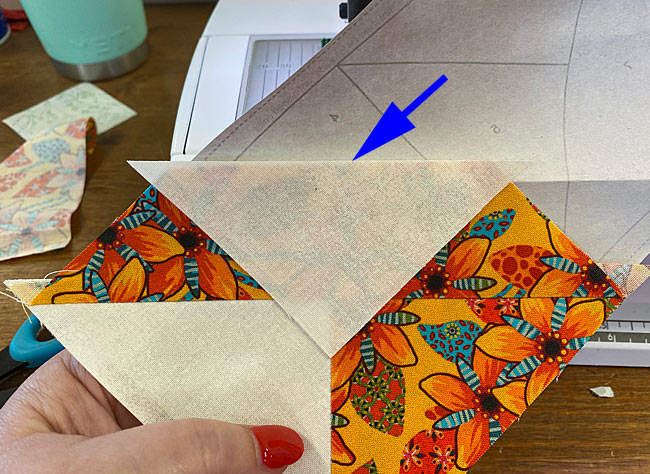
Stitch the seam and press.
Trim the #3/#4 seam allowance to 1/4" just as you did for #3.
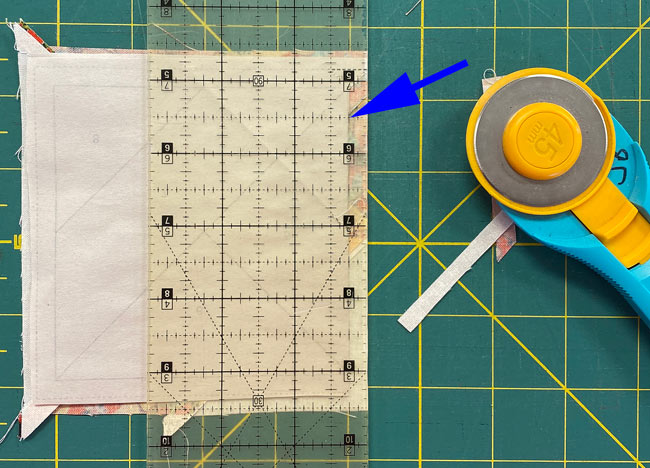
After this trim-job, this is what your Wheels unit looks like to this point.
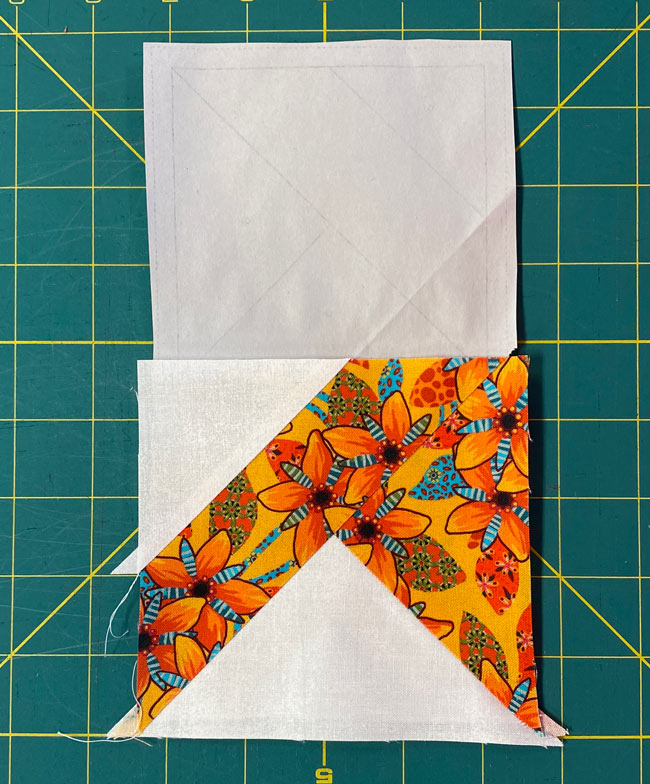
See those thread tails at the outside edges? I don't bother to trim those. They'll be dealt with at the end. Do trim the thread tails from the center of the unit as you go.
With RST, match the long edge of #5 with the freshly trimmed edge, sew the seam and press.
Trim #5, leaving behind a 1/4" SA on both exposed sides as shown below.
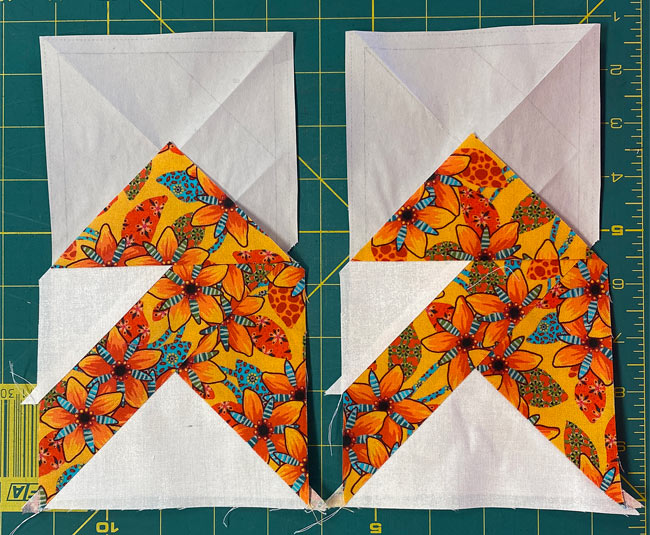
Match a short bias edge of #6 with #5, and squooch a few threads again if you're using a much lighter fabric, like we are in the sample. (blue arrow) The other short edge of #5 and #6 should be even. (This prevents having to trim to create the placement line for #7.)
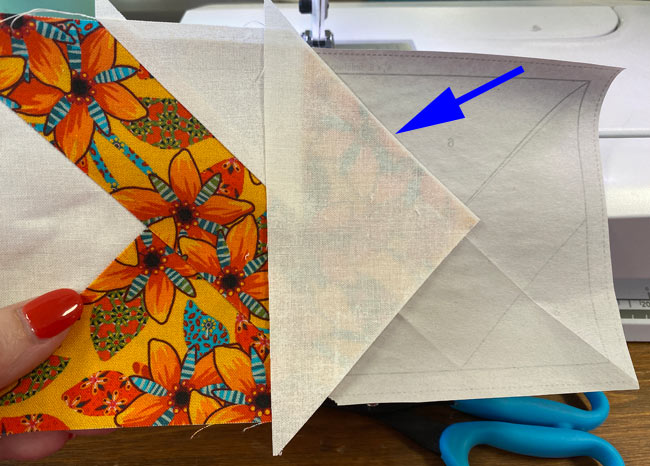
Sew the seam and press.
Glue-baste for #7 just like we did before adding #3.
Stitch the SA and press.
Create the 1/4" SA for positioning #8 by trimming just like we did for #4.
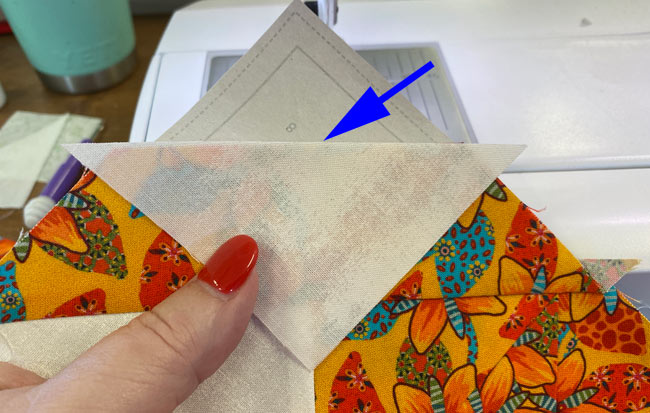
Finish up the units by sewing the #8s in place and give your units one more turn at the ironing board.

The paper piecing is complete. From this point forward, return your stitch length to the one you regularly use for piecing and install your favorite 1/4" presser foot.
To turn our piecing into perfectly sized patches, place the 1/4" mark on your ruler on the solid line around the block. Trim away the excess. Repeat for all the sides.
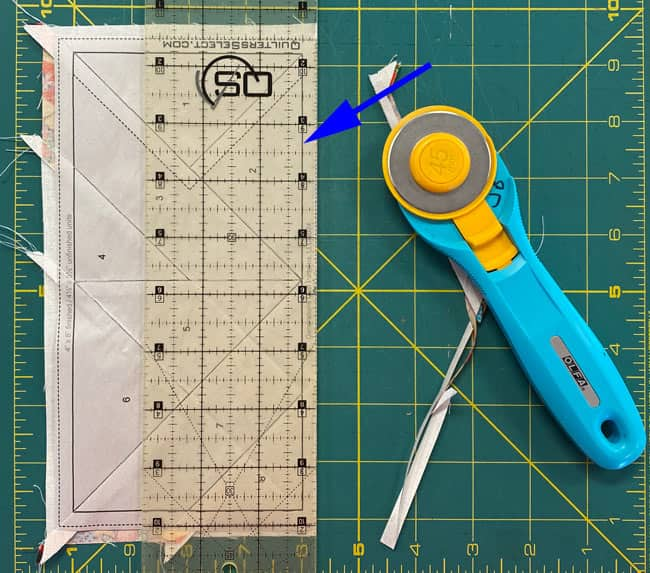 Bye-bye scraggly thread tails on the outside edges!
Bye-bye scraggly thread tails on the outside edges!Almost magically, we transform our piecing into perfection!
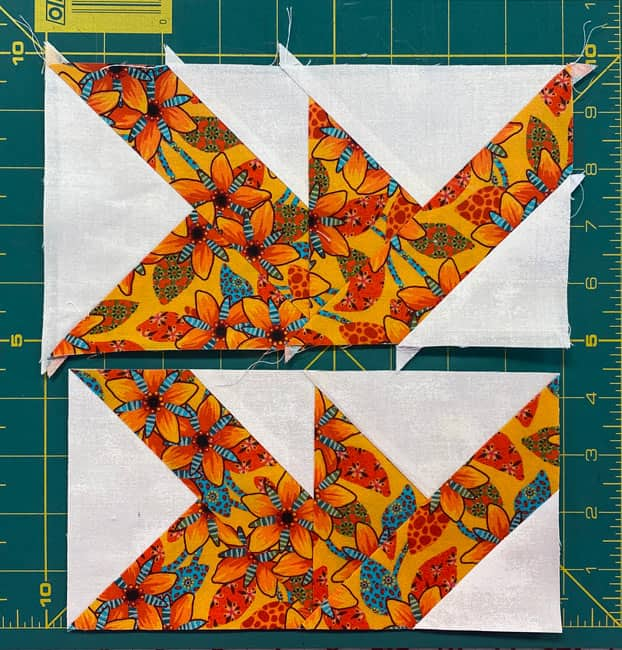 The untrimmed 'hot mess' (top) versus trimmed perfection (bottom)
The untrimmed 'hot mess' (top) versus trimmed perfection (bottom)Remove the paper pattern. It no longer serves a purpose. If you followed the Cutting Chart, all your outside edges are on straight of grain— just the same as if you used traditional piecing methods.
🧩Assemble your Wheels quilt block
Arrange the two halves as shown below. The patches form a pinwheel design with 'spokes' radiating out to the corners.
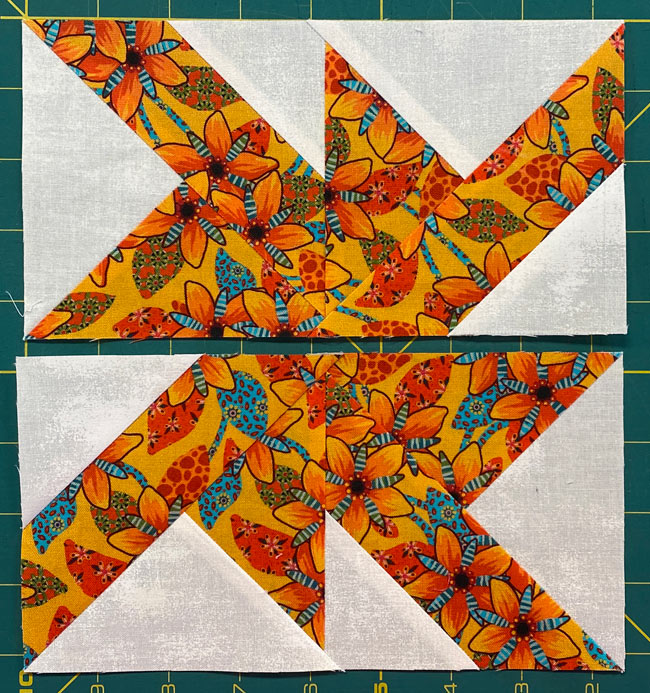
Pinning will help you get a good match in the center. Your seams will nest, and paper piecing means the match points are exactly 1/4" in from the edge.
For more on pinning for perfect points, have a look at this article.
And here's our finished Wheels quilt block in all its pointy glory. Points are exactly a 1/4" in from the cut edges. Diagonal seams bisect the corners.
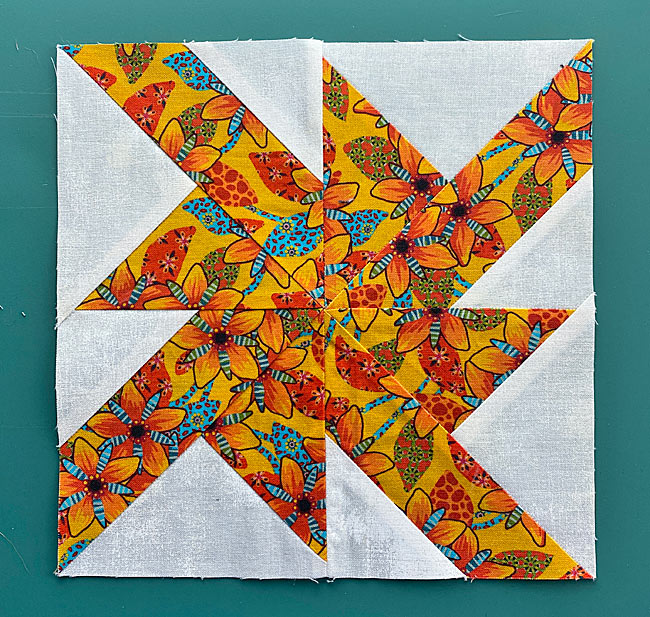
I choose to press the final seam open to minimize the bulk in the center of the block. Try out my secret pressing technique to help even more.
A view from the backside...
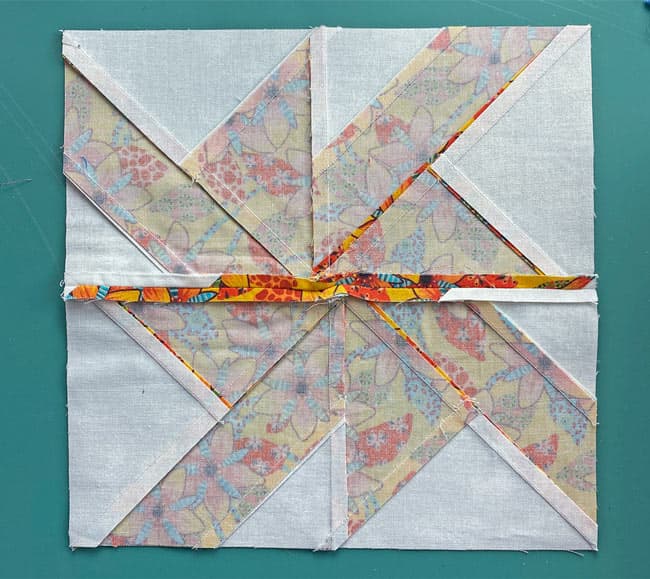
🌀More playful pinwheel quilt blocks to stitch!
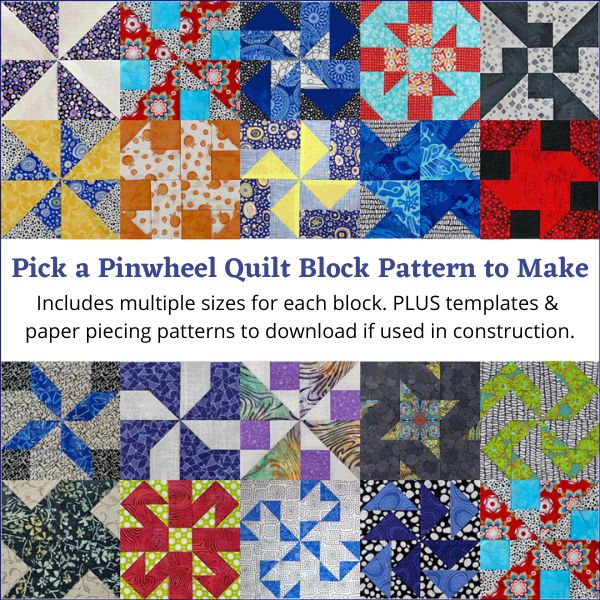
You've finished your pinwheel quilt block, and you're ready for more!
Our pinwheel quilt blocks are a delightful blend of playful interlocking patterns and vivid, eye-catching color. The interlocking patterns dazzle your eyes and inspire your creativity, while our step-by-step instruction ensures that you can create these stunning blocks with ease.
Click here to dive in and turn your fabric into MAGIC!
For even MORE blocks to make… 🧩🎨

...visit our Free Quilt Block Pattern Library, with over 260+ blocks to choose from in multiple sizes.
Free downloads are included in all sizes for any blocks require paper piecing patterns or templates.
- Home
- Free Quilt Block Patterns
- Wheels Quilt Block - Paper Piecing






